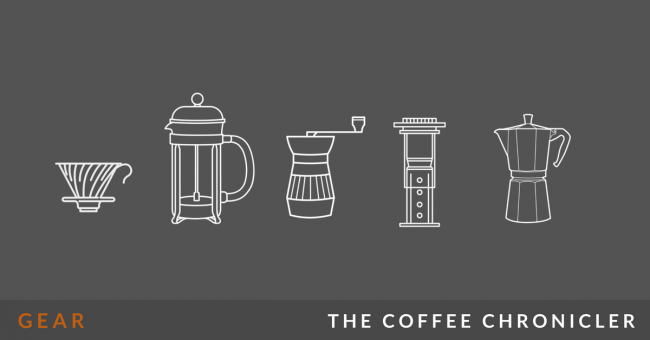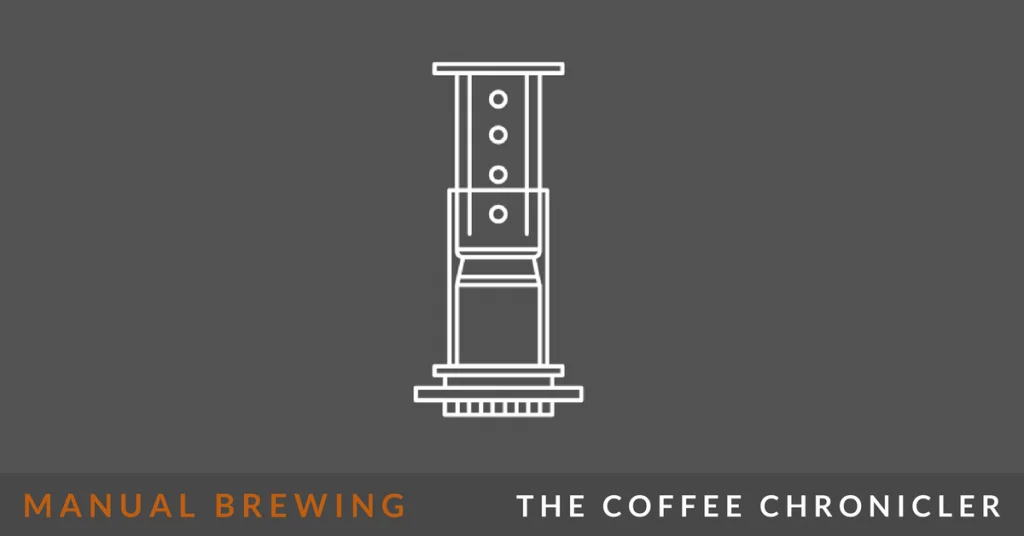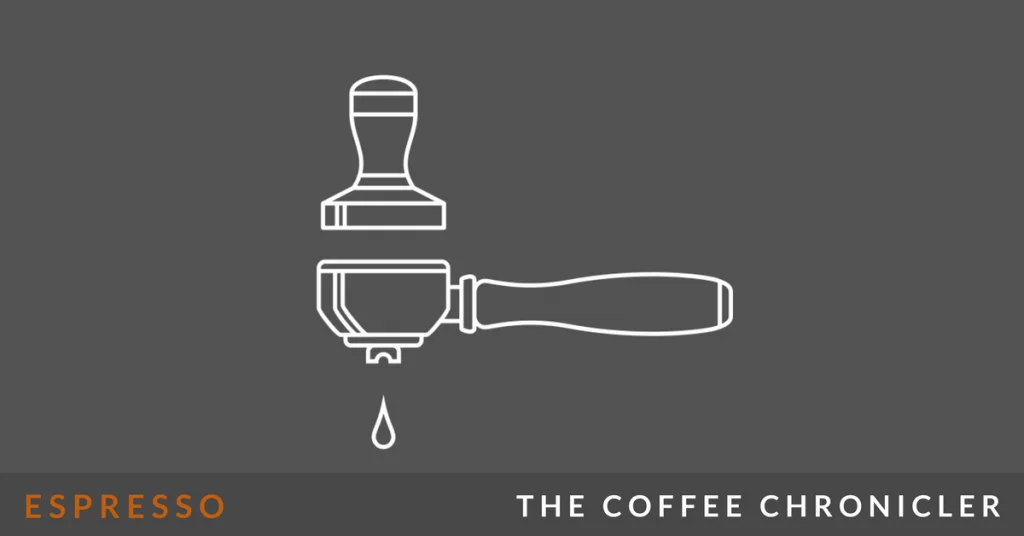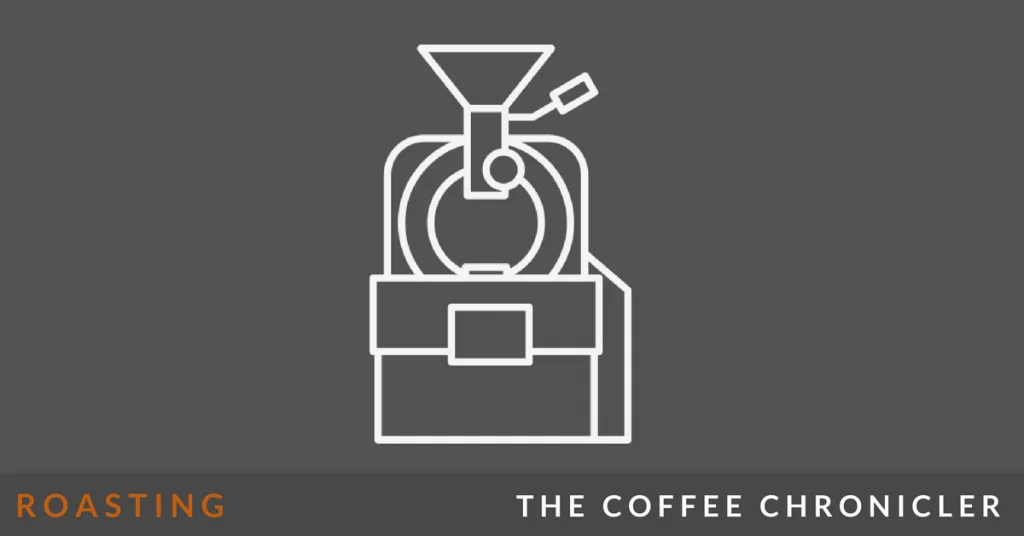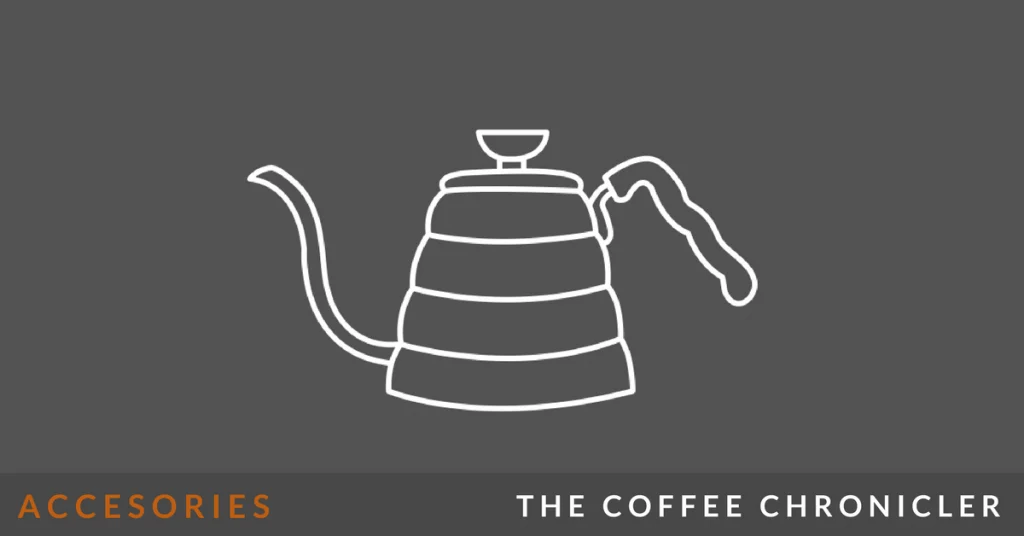Coffee is an amazing hobby. It makes your brain sharper, gives you superpowers in the morning, and it even tastes good. If you ask me (as well as most doctors), it’s relatively healthy too.
But unfortunately coffee isn’t always what it could and should be. Coffee is similar to fine dining – you need proper, fresh ingredients, basic hygiene, and the right tools to prepare your beans.
The best coffee gear in the world can’t make good coffee out of bad beans, and if your coffee equipment isn’t clean even good beans won’t live up to their full potential.
How to pick the right gear?
Many people ask me about what coffee gear they should invest in, and I always try to remind them that coffee is similar to an equation where the equipment only makes up one part.
That being said, it is essential to have the right gear. All coffee lovers should start by settling on a brewing method they’re going to focus on first as well as a budget.
Your main brewing method will determine what kind of grinder you should be looking for. And a good grind is a necessary foundation. Grinders tend to have a long life – but at the same time, you also get what you pay for. If you have a budget for coffee gear, I will encourage you to spend the most significant chunk here.
Manual brewing
One of the biggest trends in coffee the last ten years has been what is called manual brewing. Back in the days electric coffee makers and costly espresso machines were in favor among most coffee snobs. But with the emergence of third-wave coffee also came an increased appreciation of brewing methods like the pour over and its close relatives.
This kind of coffee rose to prominence due to its ability to showcase light roasts and balanced acidity in a entirely new way.
For the burgeoning coffee snob, this is good news. Manual coffee equipment is usually very affordable compared to Italian espresso gear and requires minimal maintenance.
espresso
Espresso is the king of coffee. It’s the concentrated, crema-covered stuff that the old-school coffee macho prefers. But there is also a barrier to entry when it comes to espresso.
Usually, you need a particular grinder that can go very fine. These tend to be quite a bit more high-priced than comparable grinders for regular black coffee.
Of course, you also have to look into espresso machines. There are only a few capable models in the budget range but once you start to spend more the sky is the limit.
Some espresso machines are more expensive than a family car. And the baristas tell me they are worth it!
Espresso is a fascinating hobby but make no mistake. It’s also one that requires some work and dedication.
If you think that you’re going to be able to obtain espresso perfection with the press of a single button then I’ll have to bring you the sad news: It ain’t gonna happen.
Espresso is like many hobbies, the more energy and effort you put into it, the more you’re rewarded by the coffee gods.
Grinding
Grinding is one of the most mythical aspects of coffee. It is often said that the grinder is more important than the espresso machine, and it’s actually true.
A consistent burr grinder will allow you to extract more coffee. If you have many fine particles and boulders, some of your coffee will be overextracted, while other parts will be underextracted. This will lead to less transparent coffee. Sometimes it will be dull, and other times bitter.
When it comes to grinders, serious coffee people only consider two options: Conical burr grinders, and flat burr grinders.
The former is more prevalent among the grinders aimed at the home user, while the latter is common in professional grinders for espresso. However, this is only a general rule: there are plenty of exceptions.
Home roasting
For most people their coffee journey stops at grinding and brewing their own. But why not go a bit further and also roast your stuff?
Obviously, roasting coffee is only for the pretty hardcore geeks, but if you’re already the kind of person who enjoys cooking and baking at home, it’s not that different. Sure, you need to learn a bit of roasting theory, and it might take a while to learn. But once you’ve mastered the basics, you’ll be rewarded with the smell and taste of fresh coffee. And trust me – nothing beats that.
Did I mention that green coffee is usually less than half the price of the roasted version? That is correct. In the long run, you save some money by roasting yourself. That shouldn’t be your motivation, but it’s nice to think about nonetheless.
A lot of people start off with a popcorn machine or use the oven for a while and then graduate to a dedicated home roasting device.
Coffee Accesories
For most people their coffee journey stops at grinding and brewing their own. But why not go a bit further and also roast your stuff?
Obviously, roasting coffee is only for the pretty hardcore geeks, but if you’re already the kind of person who enjoys cooking and baking at home, it’s not that different. Sure, you need to learn a bit of roasting theory, and it might take a while to learn. But once you’ve mastered the basics, you’ll be rewarded with the smell and taste of fresh coffee. And trust me – nothing beats that.
Did I mention that green coffee is usually less than half the price of the roasted version? That’s right. In the long run, you save some money by roasting yourself. That shouldn’t be your motivation, but it’s nice to think about nonetheless.
Most people start off with a popcorn machine or use the oven for a while and then graduate to a dedicated home roasting device.
